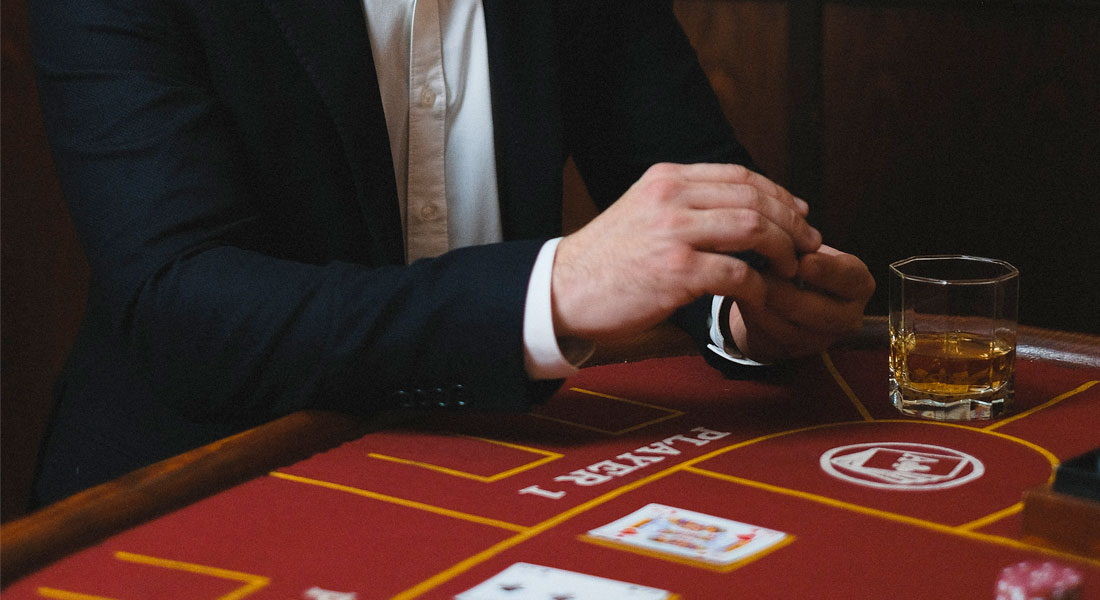


In the age of social media, traveling has taken on a new meaning. Instead of being a means of exploring new cultures, learning about history, or experiencing different traditions, it has become a way to gain social validation. Many visit famous landmarks, not because they are genuinely interested in their significance, but to capture the perfect photo. This trend raises questions about the authenticity of these experiences and the superficial nature of tourism.
One of the most concerning aspects of this trend is that it reduces landmarks to mere backdrops for posts. When people visit the Eiffel Tower, the Great Wall or Machu Picchu, they often spend more time perfecting their selfies than learning about the location's rich history. Vistors at the Colosseum take countless selfies but few appreciate its beauty and importance as a site of gladiatorial battles and Roman entertainment. The location's true essence is lost when they are only seen through a lens, rather than through genuine curiosity and appreciation.
The obsession with taking Instagram-worthy pictures can also lead to reckless behavior. Tourists have been known to climb on ruins, ignore local customs, or trespass just to get the “perfect shot.” Showing not only a lack of respect but also contributing to the damage of these sites. Landmarks have had to implement stricter rules, limit entry and enforce fines to curb the damage caused by careless tourists.
Another downside of this trend is that it promotes a distorted view of the experiences. Many users edit their photos, creating an illusion that travel is solely about glamour and aesthetics. This unrealistic portrayal can drive others to follow the trends.Rather than to immersing in the culture, connectibg with the people, or savoring authentic cuisine, they prioritize capturing the perfect shot to gain followers. Missing out on the transformative experiences that traveling can offer.
Despite this, social media is not inherently bad for tourism. It can be a tool for cultural appreciation, educating others and inspiring meaningful exploration. Those who take the time to learn and share insightful stories can help shift the focus towards a more sustainable style of tourism. Influencers, particularly,have the power to promote this by emphasizing cultural education and sustainable habits.
In the end, taking pictures at famous locations and sharing them, is not inherently wrong, it becomes problematic when it overshadows the true purpose of travel. Exploring new places should be about learning, appreciating different cultures, and gaining new perspectives; rather than simply accumulating aesthetically pleasing images for social validation. We must balance the desire for content with genuine curiosity and respect for history so globetrotting can be a meaningful and enriching experience rather than just a race for the perfect picture.









